Hello Derceto, my old friend..
Alone in the Dark is often referred to as one of the originators of the survival horror genre, yet is a series that hasn’t been part of that conversation in years. Alone in the Dark would inspire other developers going forward, even that of Resident Evil, a title that has since had its own share of imitators. Pieces Interactive is the latest developer to attempt to breathe new life into this beloved franchise, returning to the roots of the original game by having us explore the Derceto Manor with both Edward Carnby and Emily Hartwood, albeit reimagined. While some design elements can leave a lot to be desired, the performances of David Harbour and Jodie Comer are solid, at least in their own respective playthroughs, that is.
While Alone in the Dark is a complete reimagining of the original game, I appreciate Pieces Interactive using a few familiar faces in Edward and Emily, among others. Returning to the Derceto Manor is another highlight, this time having it take the form of a psychiatric hospital, containing a small assortment of its own eclectic characters. And of course, the manor itself is its own character as well, featuring a fairly engaging design that you’ll continue to explore and unlock new areas, often having it transform around you.
When it was stated that Alone in the Dark would feature two playthroughs through its dual protagonists, I immediately thought of Resident Evil 2. In that game, both Leon and Claire have their own routes to take, allowing for a few moments where their campaigns intersect. Seeing the same story from another perspective was engaging and allowed each playthrough to feel unique from one another. It allowed you to traverse entirely different locations, taking part in unique encounters, different puzzles, and more. It felt like two entirely different experiences.
Here, that sadly isn’t the case. Sure, you’ll have a few new locations to explore in the back half of the story that are personal to each protagonist, but apart from Edward and Emily having different conversations with the cast, as well as a few differences in some cutscenes, each playthrough is almost identical, causing very little impact on the second go-around. Even the puzzles you’ll encounter have the same solution the next time you encounter them. While there are collectibles to gather across both playthroughs to trigger new endings, I was hoping for greater differences between the two campaigns, not an experience that was nearly identical between the two.
One thing I want to note is that because each playthrough is that character’s own unique campaign, the secondary protagonist has nothing to really do during the other’s narrative. It then led to a situation where Edward was pretty much pointless in Emily’s campaign with the same said of Emily when I went through the story again with Edward. Each lead protagonist of their campaign sees the actor really having something to work with, allowing them to really shine, while the secondary character is not really involved in the central plot and comes off as remarkably boring. This is where I wish the game had a similar structure to Resident Evil 2 where their own stories were happening together instead of two campaigns that feel like two different sets of canon to tell what is essentially the same story.
My first playthrough was via Emily Hartwood, played by Jodie Comer, an actress I have enjoyed in her previous work. She plays the niece of a patient at the Derceto, a man who sent a letter to her, one that she read as him requesting aid. This causes Emily to enlist the services of Edward Carnby, played by David Harbour. Here, Edward is a private investigator, hired by Mrs. Hartwood to drive her out to the Derceto Manor and find out if Jeremy Hartwood indeed requires assistance or if something more mysterious is at play. And of course, the latter is true, a mystery that will require the two of them to fully understand what is at stake here, and if they are meant to make it out alive.
Each playthrough has you moving through the manor to attempt to track down Jeremy Hartwood, Emily’s Uncle as he appears to be missing. At first, the manor will feel small as much of it will be locked, requiring the use of several keys you’ve yet to find. However, once you find Jeremy’s Talisman, it is here where you’ll begin to traverse locations that are part of Jeremy’s mind. From the French Quarter to Egypt to braving the chills of the Arctic, there is a great deal more here to Alone in the Dark than just exploring the halls of the Derceto Manor. Now, that said, Derceto Manor is the bulk of your journey as you’ll investigate numerous rooms around the spacious manor, all connected by a stairwell that grants access to the bulk of the location. You’ll also unlock doors to grant you shortcuts, but as the game is very linear, this doesn’t always pay off.
Throughout the manor and each of the worlds you’ll explore through the Talisman, you’ll take in equal parts exploration, combat, and puzzle-solving. And for the most part, Alone in the Dark handles all three well enough. Exploration is easily the best aspect of this game as most environments look fantastic and are baked in atmosphere. You’ll also engage in dialogue with the occupants of the manor, albeit this only happens through cutscenes as you won’t have any sort of dialogue system or choice of what to say. Exploring the manor will see certain scenarios alter your surroundings, such as the hallways filled with swamp water and vegetation all around you. While these transitions are not seamless, they are nonetheless effective and work well to convey what is going on.
Equipped with a pistol, a shotgun, and a machine gun, at least their 1920s counterparts, combat is a fairly sizable portion of this game, even if it never feels great. You can dodge out of the way of close-range enemies, or even use temporary melee weapons that break after a few hits, but gun-play itself is really only satisfactory as it never feels great to pull off. While many are likely coming to Alone in the Dark for gameplay elements apart from its gunplay, it is a system you’ll interact with a lot, so it’s a shame it doesn’t feel better. I had an issue where the gunshot sound would happen well after I fired the firearm, and this was present across both playthroughs. Guns do pack a decent punch and aiming is more or less fine, apart from some small flying bats that can be a pain to hit. The numerous lumbering monsters usually just take a few well-placed shots to go down and unfortunately never really feel that threatening, zapping a lot of the horror out of survival horror.
There are also a few moments in the game where you can use stealth to bypass some of these monsters. These areas are all scripted so don’t expect to pull off this tactic just anywhere. And while you’ll be given the option to do so, the environments themselves never feel suited for it. Sure, you’ll have a few forks in the road to bypass a foe here and there, but you are not crouching behind a box to let them move by, you are usually just lucking out that they don’t come towards you. And should stealth fail, you’ll have your guns and throwable items like Moltovs and bricks to chuck at your foe, even if I wasn’t too keen on not being able to actually pick them up, instead causing me to either throw them from where they are or slowly moving around as you hold the aiming button to then toss them. It’s a weird system that causes combat to feel far too scripted as those throwable items are in set locations, sometimes strangely in places where enemies just simply are not present.
Puzzle-solving is largely the only direct miss here even if I like the idea of most of them. I like the idea of having to find fuel for the steamboat engine, but when the gas can is right next to where you have to use it, and the fuel just right up the stairs, it begins to feel like an elaborate way for me to simply press the X button. The biggest issue is that most puzzles present themselves with remarkably easy solutions or often have the answer just immediately present. Sliding tile puzzles have far too few pieces, and you rarely have to work for the items to solve most of these puzzles. What hurts the puzzle moments the most is how limited some of the environments are at any given time. Had certain areas, such as the infirmary, had more rooms to feel bigger, then finding two fuses would be far more complicated. Instead. One is immediately next to where I have to use it. Again, there are some solid ideas here but the execution to make them compelling just isn’t here.
While Alone in the Dark’s limited budget is certainly not felt in its stunning environments, its people are another story. David Harbour and Jodie Comer are certainly fine, especially through their own campaigns where they get to really feel like important and realized characters; however, there is some roughness to their facial capture that lacks some of the subtly of the actor, especially in moments where they need to really emote. There is also a sizable gap between their character models and everyone else's, conveying where the bulk of the character budget went to. And to be honest, it’s the right call if you have to focus on what to get right.
While the game is likely to see a day one patch, I had several technical issues present across the 20+ hours spent with it. Apart from the gunshot sound effect coming well after the gun has been fired, I got stuck numerous times on objects on the ground, causing me to have to reload my last save. The game crashed on me a few times with giving me prompts on my Xbox that indicated my console overheated. This happened twice in the same spot (When first approaching the telescope). In fact, I have never heard my fan on my Series X be so loud ever since the day the console launched. Again, my time with the game was pre-release, so I am hopeful that the game will see some level of optimization before its official release.
Upon starting Alone in the Dark, you’ll be given a few accessibility options. These affect not just the difficulty of the game, but how much information is conveyed to you. Titled “Modern” and “Old-School”, you’ll find each will be tailored to what you want from the experience. Modern will guide you with various systems to indicate where you need to go and what you’ll need to do. Old School lacks that guidance and allows you to traverse the manor and its more supernatural areas with little to no indicators whatsoever. This system allows you to choose if the game will tell you if certain objects can be interacted with or how clear the clues to a puzzle are within the game. You can also set individual settings for each system such as map and text highlighting, and dynamic objectives, which allows the game to give you specific sub-objectives for various puzzles, to revealing interaction points, such as highlighting all interactive elements within a room.
By leveraging some star power to bring Edward Carnby and Emily Hartwood alive once more, Alone in the Dark does well to utilize their performances within their own campaigns. While the dual canon approach to telling the story doesn’t ultimately satisfy in ways I personally was expecting, especially as it makes both campaigns far too identical, I found it to still entertain, even if I never felt the main story to really grip me. I think Pieces Interactive has a solid foundation here with their take on this franchise, I just would prefer a more direct horror route to really amp up the atmosphere and make me free truly alone in the dark.
Developer - Pieces Interactive. Publisher - THQ Nordic. Released - March 20th, 2024. Available On - Xbox Series X/S, PS5, Windows. Rated - (M) - Blood and Gore, Intense Violence, Language. Platform Reviewed - Xbox Series X. Review Access - Review code was provided by the publisher for the purpose of this review.

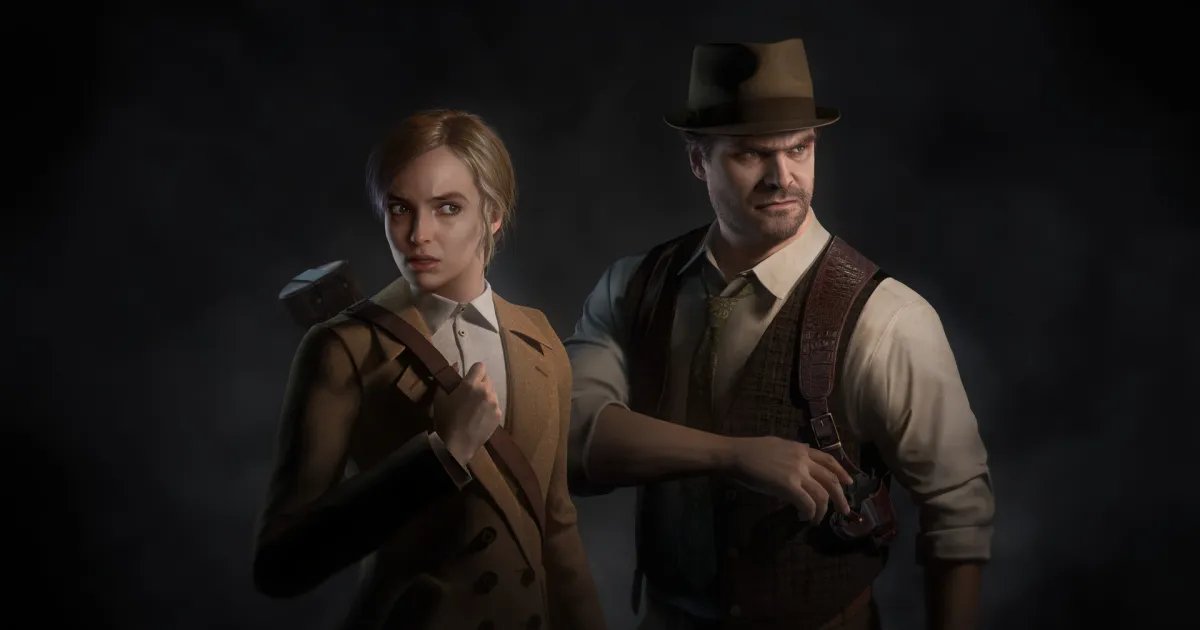

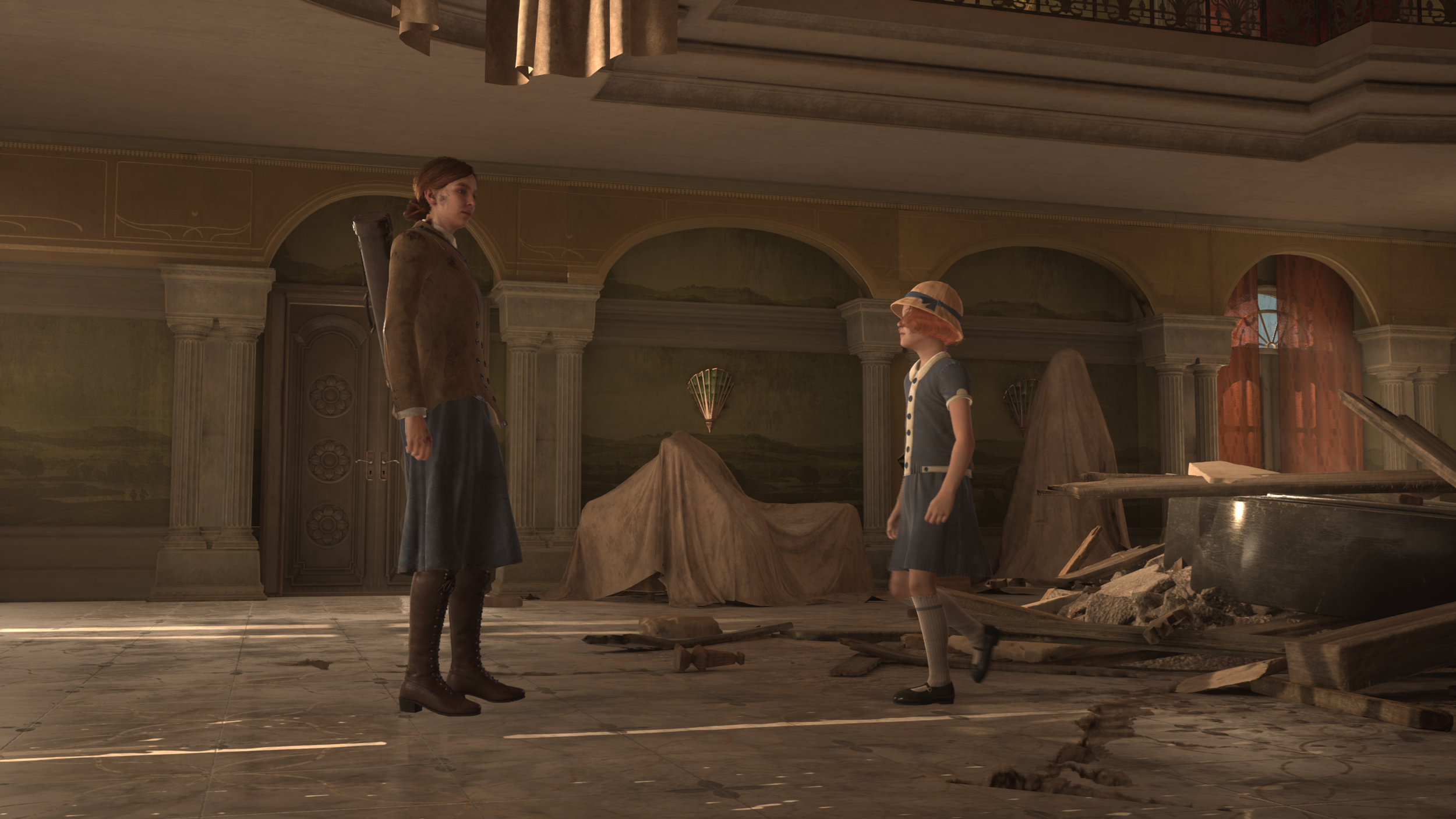
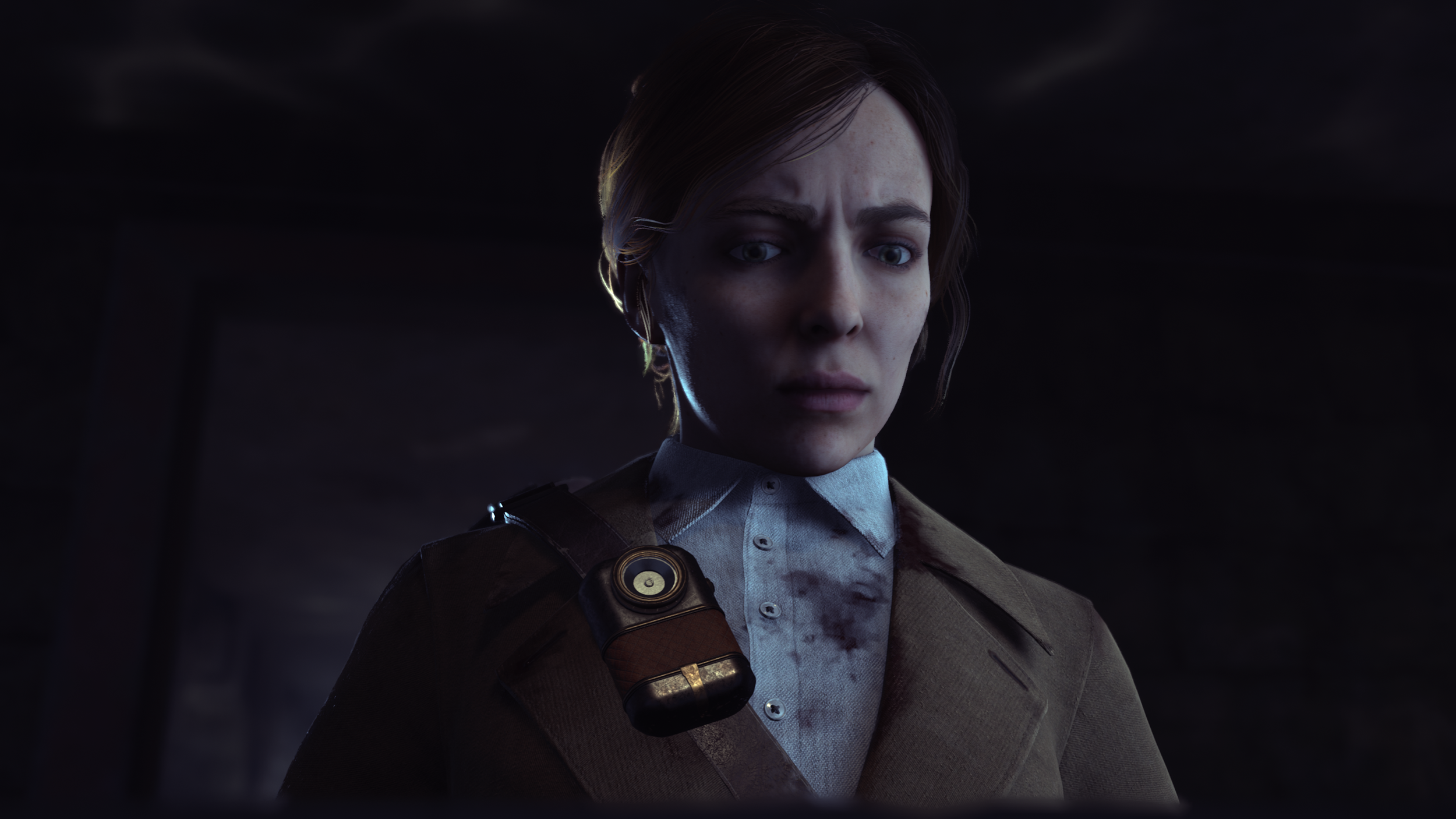

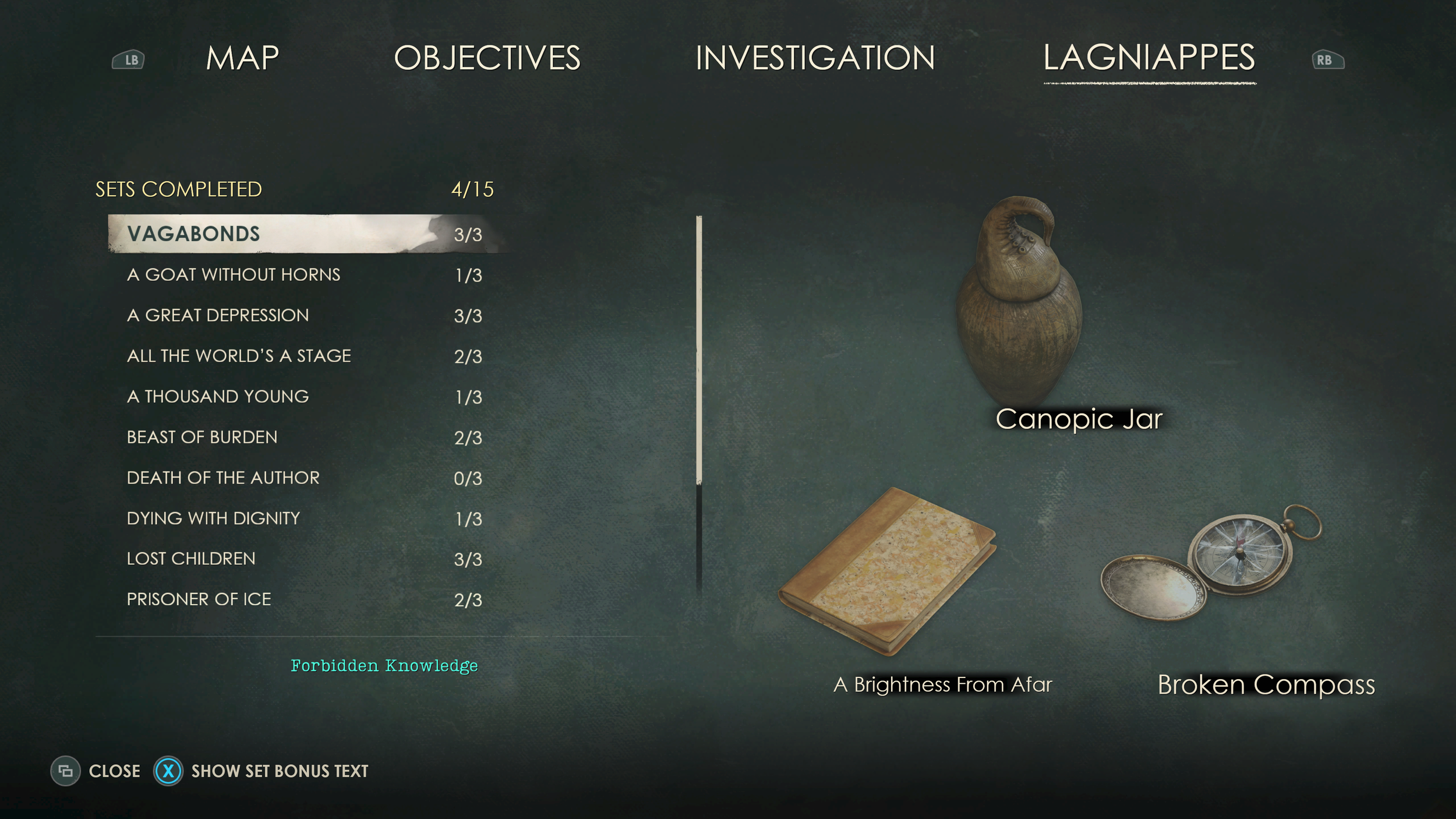
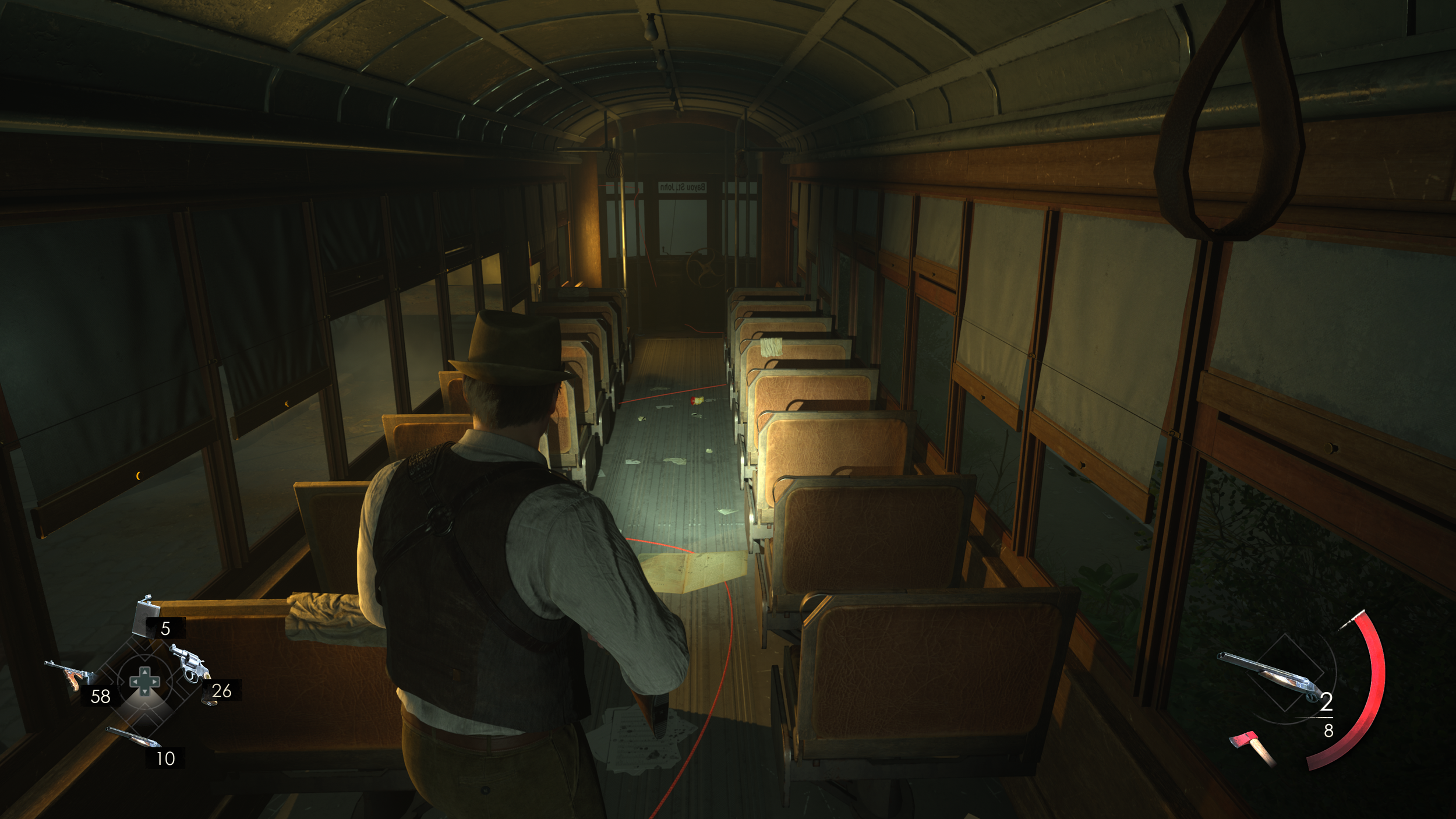
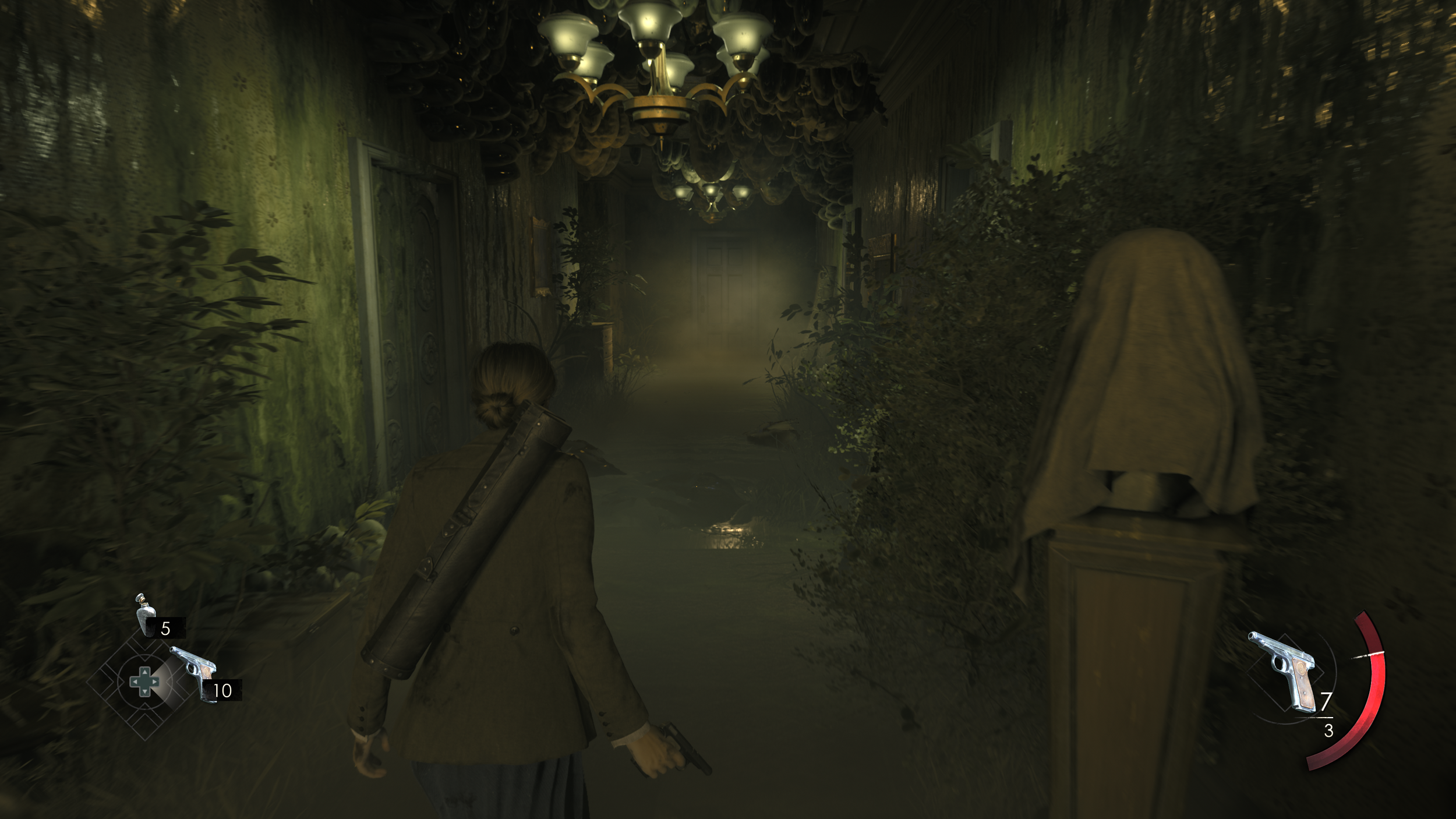







Jeff is the original founder of Analog Stick Gaming. His favorite games include The Witcher III, the Mass Effect Trilogy, Hi-Fi Rush, Stellar Blade, Hellbade: Senua’s Sacrifice, and the Legend of Heroes series, especially Trails of Cold Steel III & IV.